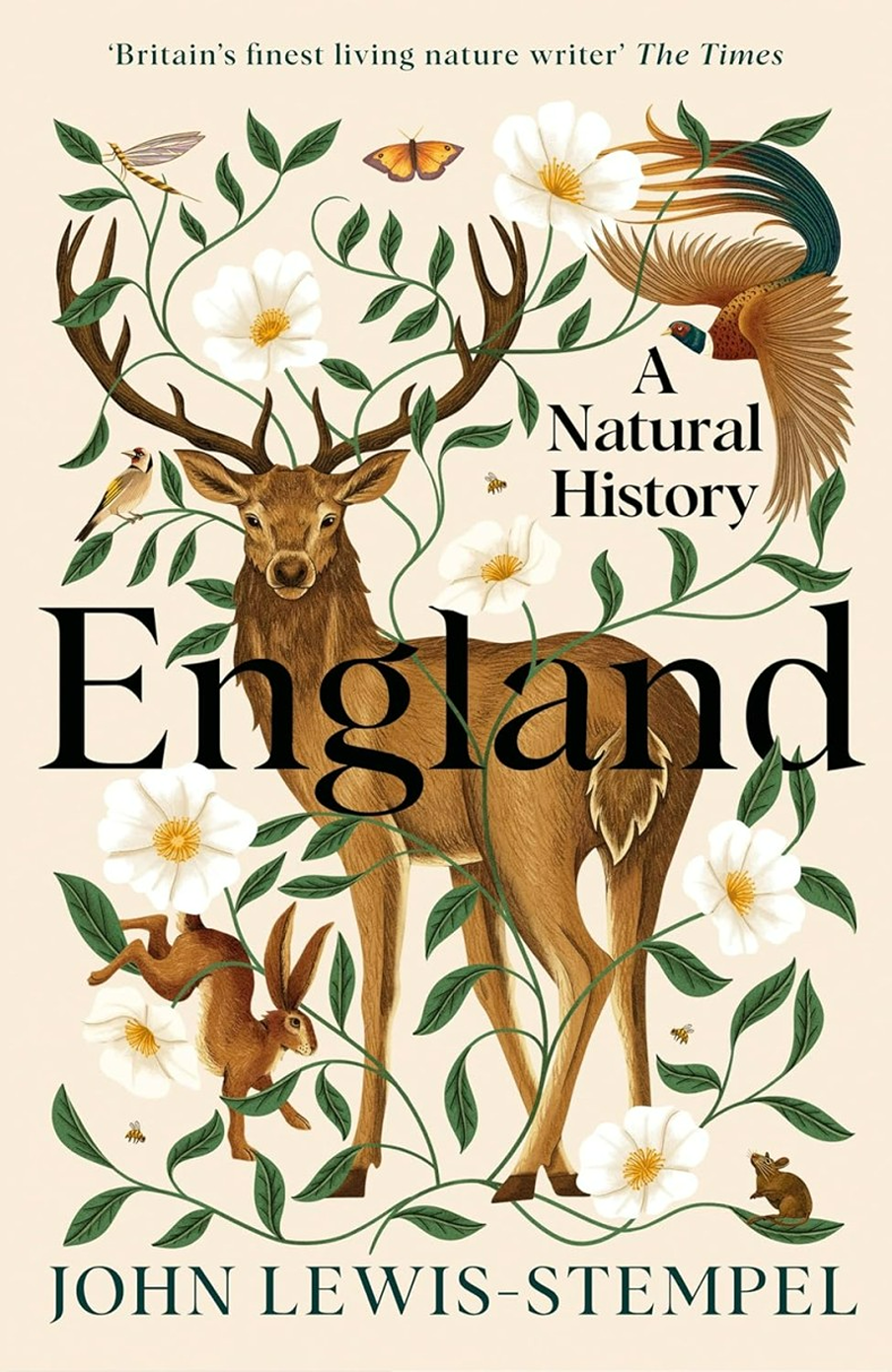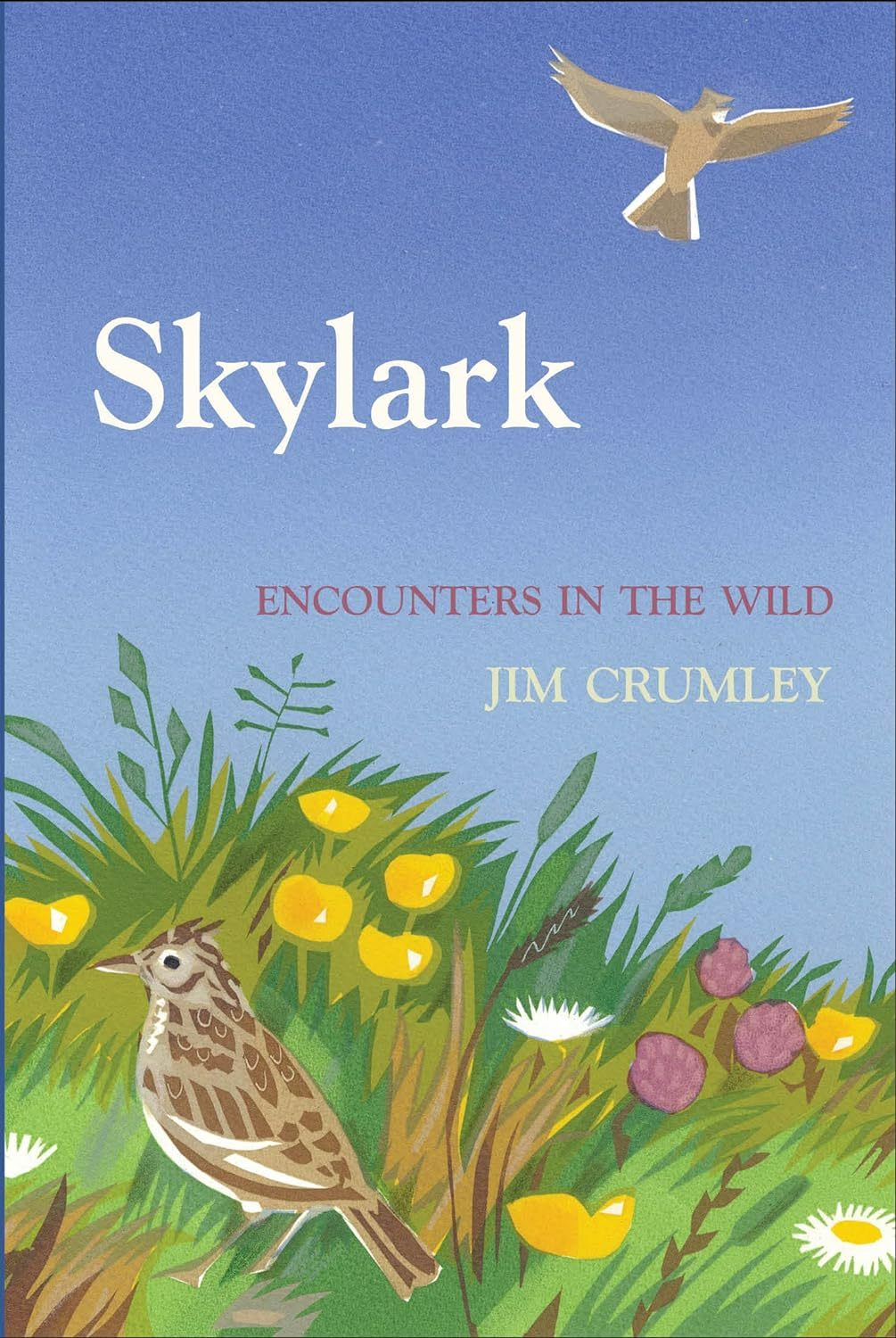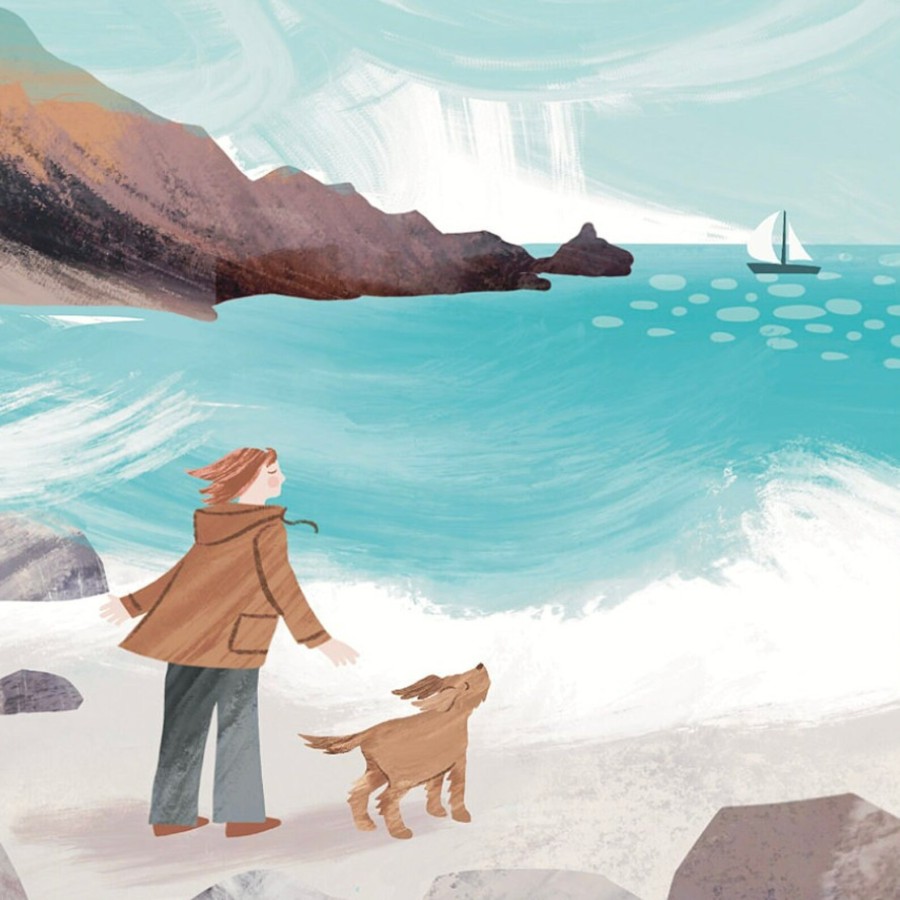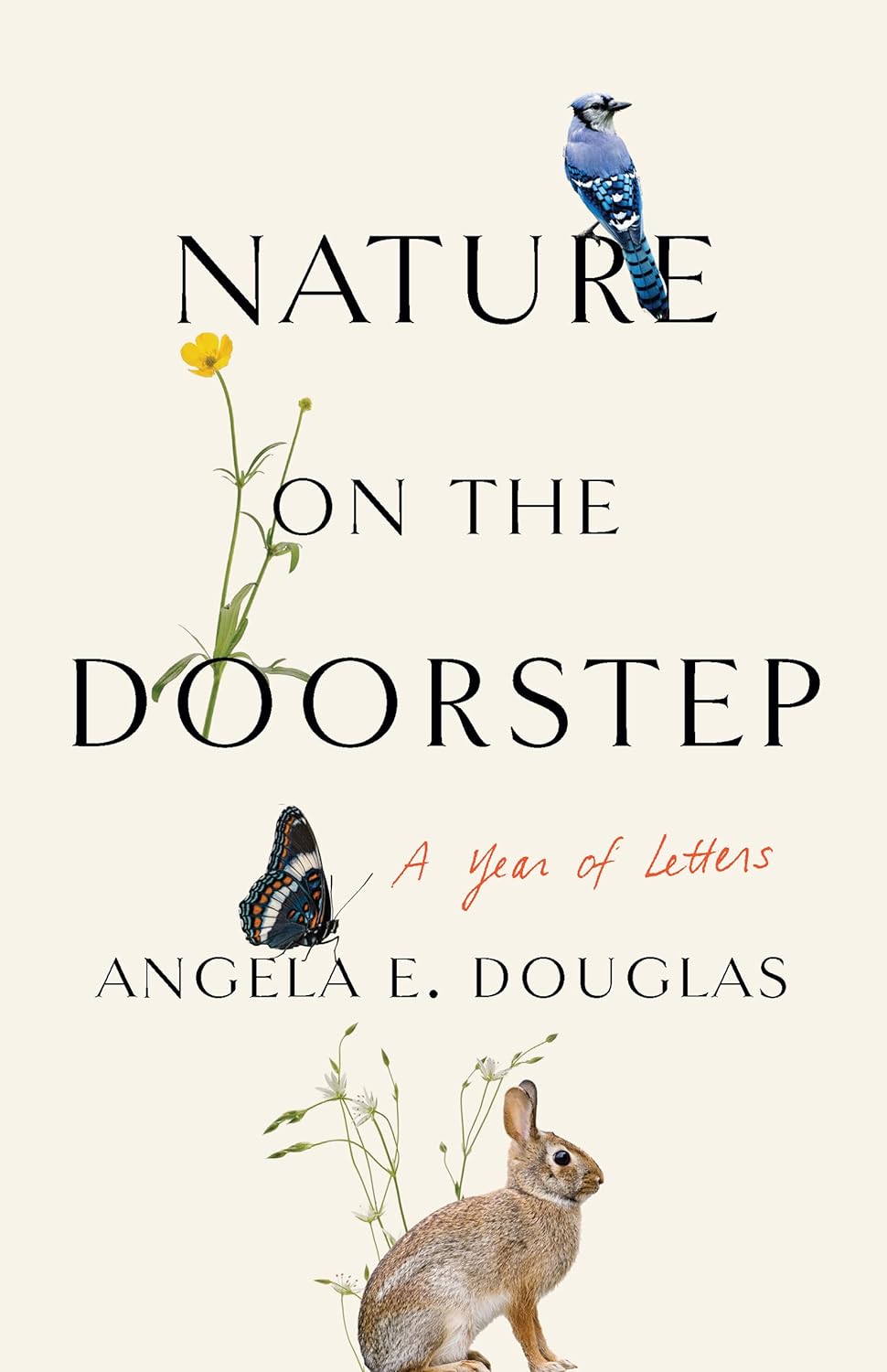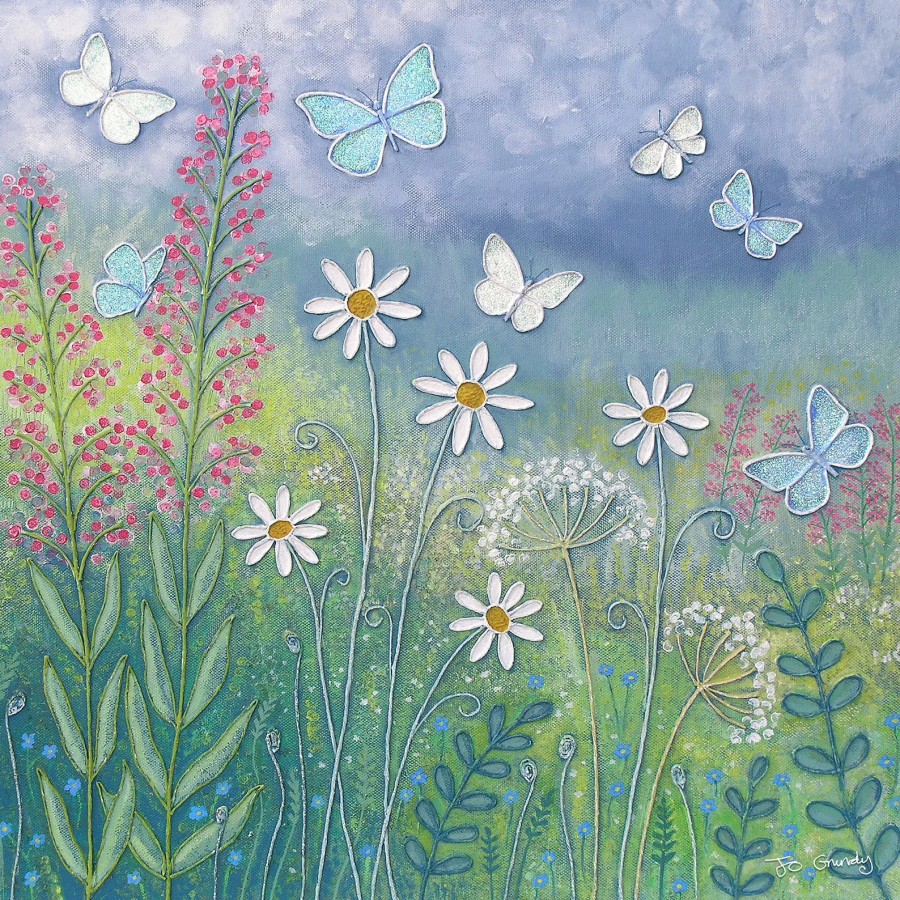
Years ago, it was common to find butterflies fluttering around in gardens and meadows. Today, it’s common to take a step back in surprise, to experience the delight of seeing a butterfly resting on a flower, or sunbathing in the park. Leave windows ajar in spring for butterflies to escape from homes.
We have around 50 or so native species to England (plus migrating Painted Lady and Clouded Yellow butterflies). All are in danger due to loss of habitat (including peat bogs) and modern gardening/farming methods. Described as ‘self-propelled flowers’ by Robert H Heinlein, they start as eggs, then turn into caterpillars, pupa and adults that fly around sipping nectar (a few breeds hibernate). Butterflies and moths are from the same insect group (lepidoptera’).
Butterflies have four wings (see-through – the ‘lines’ you see are skeletons). They taste with their feet and although moths have better sense of smell, butterflies see more colours (even than us).
A study by Butterfly Conservation found 90% of semi-natural lowland meadows and pastures have been lost in the last 75 years, which has had major effects on butterfly populations. In Derbyshire, hundreds of trees are being planted to attract purple emperor butterflies to local woods, yet in Scotland, a council has approved plans to build a golf course that will negatively affect the endangered Northern Brown Argus butterfly (thought to be extinct for 100 years) despite protests by wildlife campaigners. Many butterflies thought to have been extinct have been found – including the Download Plume moth in the Chilterns and the black-veined moth in Kent (thanks to farmers’ soil restoration).
No green space is complete without butterflies and moths – just the sight of these creatures can lift your mood instantly, and the benefits they bring to the wider environment are immense. Dr Amir Khan
how to help our beautiful butterflies
Many ‘wildlife-friendly flowers’ (marjoram, wallflowers, lavender and fallen fruit due to natural cyanide) are not safe near pets. So work to restore wildflower meadows instead. Don’t send ‘wildlife-plantable cards’ to homes with pets. Read how to make your garden safe for pets.
Butterflies need warmth to fly, so grow plants in sunny places (and shady spots to avoid over-heating) and near open lawn or patio areas, for them to rest. Butterflies drink water but (like bees) easily drown. The best idea is a small saucer with a little water, with a few stones to rest on.
Keep plants watered, as dehydrated plants give out less nectar. Buddleia (aka the butterfly bush) is easy to grow (with white, pink, purple or red flowers) but does need pruning when it blooms in summer. Choose plants that are native to the local area (flowers you grow in Devon will be different to Yorkshire, as some butterflies need warmer climates).
Leave your garden a bit messy (good for all wildlife). Larvae feed on nettles and thistles, so leave areas unmowed in parts of your garden (with trees, shrubs and hedgerows good for shelter). Take all garden chemicals to the tip (if empty, you can securely bin and put in refuse).
let’s ask for a ban on neonicotinoids
These are pesticides used for arable (crop) farms and over half sites tested in England found over EU safe levels for aquatic wildlife. They are believed to be one of the main reasons for declining butterfly numbers along with affecting bees (they bind to nerve cells of insects who start shaking, become paralysed and die). One single dose used in vet medicine for dogs and cats (then leaching into the environment) can kill millions of butterflies or moths. One brand is likely to be approved to use for sugar beet, despite being a banned outdoor substance (an exception due to beet yellow virus from aphids).
But ladybirds eat aphids, so organic farming is the obvious way to go. One organic Austrian farmer has been growing sugar beet for years, without neonicotoids. The best way we can help as consumers is to buy organic sugar (or natural alternatives like date sugar or maple syrup).
No farmer wants to grow crops using banned pesticides – and no-one wants to eat sugar grown at the expense of our pollinators and clean rivers. Where are the alternatives that British Sugar claimed it would invest in? All eyes are now on the minister to uphold the law, banning bee-harming pesticides. A third of sugar-beet farmers decided against using neonics last year, even though they were authorited for use. Yet there is no support for these growers from industry or government. Nick Bruce-White (CEO, Devon Wildlife Trust)
One teaspoon is enough to deliver a lethal dose to 1.25 billion honeybees (it would kill half of them, and leave the others feeling very unwell). They pose a threat to any insect living on farmland or in streams that flow from farmland, and any organisms that depend on insects for food (birds and fish). Professor Dave Goulson
The Little Book of Butterflies is an essential guide to all species found in the British Isles. Learn to know your commas from your clouded yellows, and your meadow browns from your marsh fritillaries. This beautiful book features spreads on over 45 British and European butterflies, including where each one is found, biological information and what the caterpillars eat. It also gives simple explanations of a butterfly’s lifecycle and shows how these beautiful creatures are vital indicators of our ecosystems (plus measures we can take for their survival).
how to help an injured butterfly or moth
All the wildlife experts say the same – just leave it alone, to let nature take its course. It’s hard to watch but butterflies don’t live long, and you can’t ‘fix wings’ as these tiny scales are underneath and just brushing the wing will remove them, never to grow back (which are needed to deter predators). Oils alone from your hand could weigh a butterfly down, so it can’t fly.
is ‘butterfly chaos theory’ based on truth?
You’ve likely heard of chaos theory, when people say that if a butterfly flaps its wings in one area of the world, it can cause a hurricane elsewhere, due to our complicated ecosystem. In fact it’s not true.
The theory was devised by a mathematician who innocently simply used the butterfly is an example of how ‘small changes’ make a difference worldwide, rather than having new political leaders etc. We all know the way to change the world is from millions of people doing tiny things. Zero waste chef Anne-Marie Bonneau famously said ‘We don’t need a few people doing zero waste perfectly – we need billions of people doing it imperfectly’.
Another myth not true in the garden is that bumblebees ‘break the laws of physics’ by flying, as their bodies are too heavy for their wings. In fact, they simply fly in a different way to an aeroplane, one expert suggesting it’s more ‘creating mini hurricanes’ where they flap their wings so many times, it causes them to take off.


